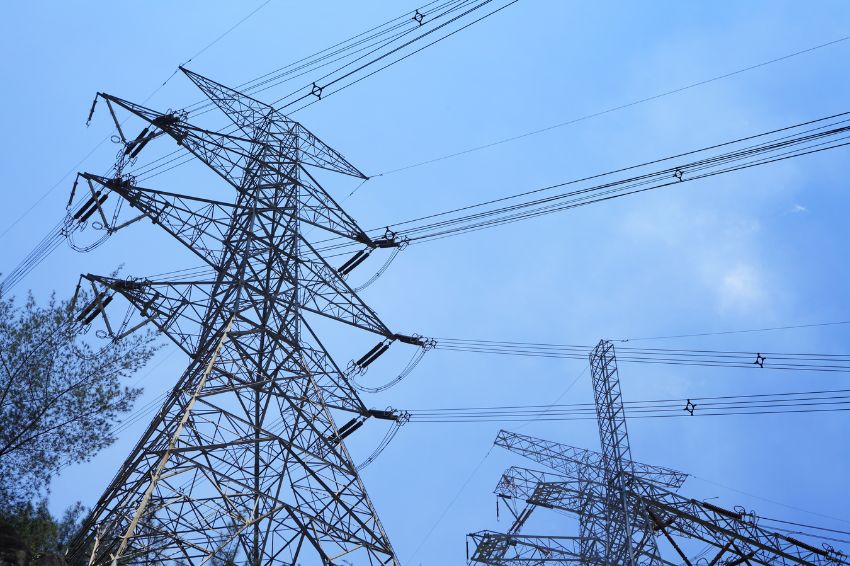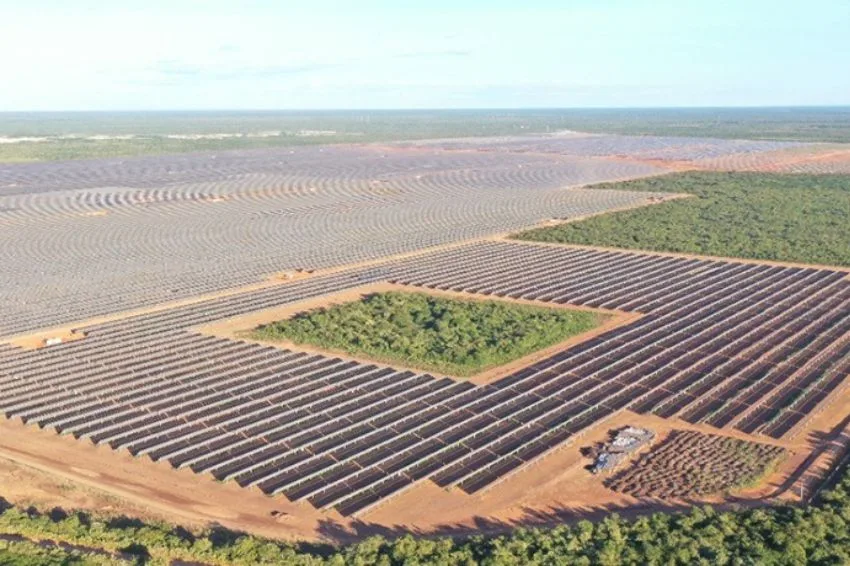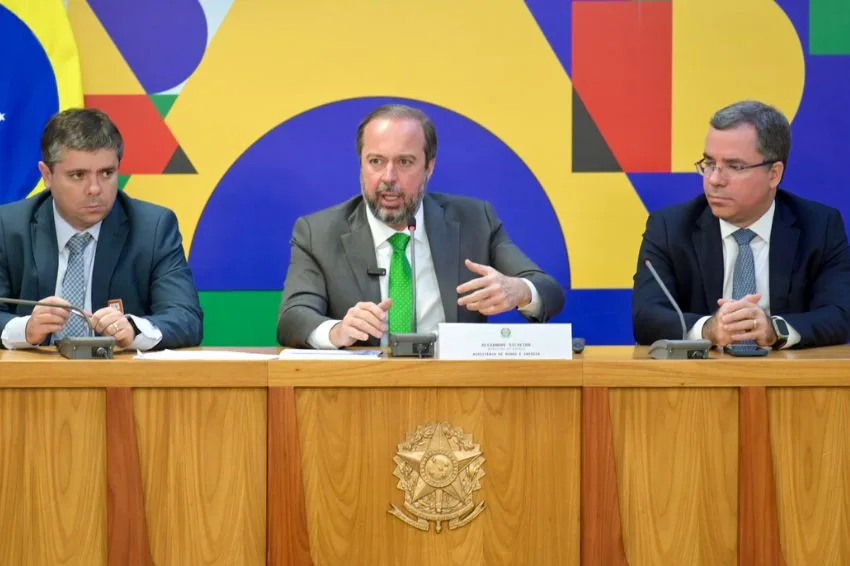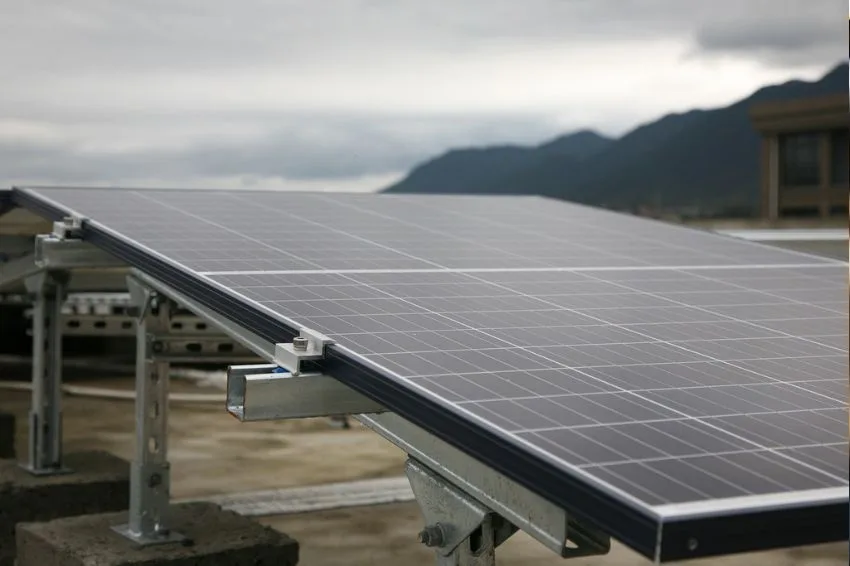At a Board meeting held this Tuesday morning (20), the ANEEL (National Energy Agency) approved the new methodology for calculating the TUST (Transmission System Usage Tariffs) and the TUSD (Distribution System Usage Tariffs) for generation plants connected at 88 kV and 138 kV (TUSD-g).
According to the Agency, over five tariff cycles, from 2023 and until 2028, gradual locational signal intensification.
In other words, “a realignment of transmission costs in order to balance the charge for the use of the SIN (National Interconnected System), making the agents that burden it most pay proportionally more for the service”, stated ANEEL in a press release.
Also according to the Agency, the new methodology will begin to be applied in the 2023/2024 tariff cycle, in which 90% of the calculation will follow the previous cost accounting and 10%, the calculation guided by locational signal intensification.
“The application of the calculation will be increased by 10 percentage points each cycle, until it reaches, in the 2027-2028 cycle, a balance of 50% of the calculation considering the national cost and 50%, the regional cost of energy transport. Floating tariffs will be calculated considering the mobile upper and lower limits, associated with the variation in inflation measured by the Transmission Update Index (IAT) and the immediate risk of transmission expansion”, he informed.
In his vote, the director-rapporteur on the subject, Hélvio Guerra, argued that efficient price signaling, through floating tariffs, avoids cross subsidies and favors the optimization of the expansion of the transmission system and the operation of the interconnected system.
Luiza Melcop, partner at Cortez Pimentel Advogados, clarifies that according to the rule inaugurated by ANEEL in June 2022, which established the floating envelope tariff methodology for calculating this tariff, TUST would have the starting value of the generating plant's connection bar.
“With the addition of the locational signal, the TUST calculated based on the connection bar will be proportional according to the percentage of participation of the generating plant in the regional dispatch scenario and in the national dispatch scenario. In addition, there will be an addition of an installment to the tariff to restore the revenue necessary to cover the costs of the Basic Network”, explains the lawyer.
According to the transition rules proposed by ANEEL, the final TUST value will have the following composition:
- Tariff cycle 2022/2023: 100% of participation in regional dispatch (PDr) + 0% of participation in national dispatch (PDn);
- Tariff cycle 2023/2024: 90% of participation in regional dispatch (PDr) + 10% of participation in national dispatch (PDn);
- Tariff cycle 2024/2025 and other cycles: 80% of participation in regional dispatch (PDr) + 20% of participation in national dispatch (PDn);
- Tariff cycle 2025/2026 and other cycles: 70% of participation in regional dispatch (PDr) + 30% of participation in national dispatch (PDn);
- Tariff cycle 2026/2027 and other cycles: 60% of participation in regional dispatch (PDr) + 40% of participation in national dispatch (PDn);
- Tariff cycle 2027/2028 and other cycles: 50% of participation in regional dispatch (PDr) + 50% of participation in national dispatch (PDn).
In addition, to clarify the calculations of the transition methodology, ANEEL made a spreadsheet available for generating plants entering the Basic Network and/or that would have TUST established in accordance with the new methodology of the floating tariff envelope added to the locational signal.
MP 1,118/2022
Possible changes to the methodology if the MP 1,118/2022 (Provisional Measure No. 1,118/2022). On this topic, it is necessary to highlight that if the MP is sanctioned, there may be a change in the TUST calculation methodology.
Luiza clarifies that, according to the current wording proposed for the Provisional Measure, ANEEL will continue to be able to use the locational signal methodology to define the TUSD/TUST.
“However, to this end, ANEEL must consider the national policy of expanding the electrical matrix, aiming to reduce regional inequalities, maximum energy efficiency and greater environmental benefit, observing the guidelines outlined by the National Energy Policy Council and the regulation of the Executive Branch”, he adds.
“In addition, the Provisional Measure proposes the stabilization of TUST. As a result, the TUST would be defined at the time of grant and would remain in force until the end of the concession or authorization period, and must be updated by the IAT – Transmission Update Index. The methodology would be applicable regardless of the energy contracting environment and would no longer be readjusted annually according to the generating plant's connection bus”, concludes Luiza.


















One Response
I would like to know what this locational signal would be and how it would be applied